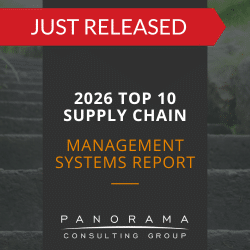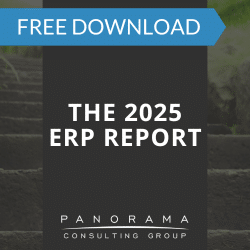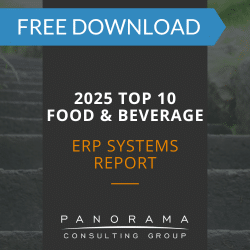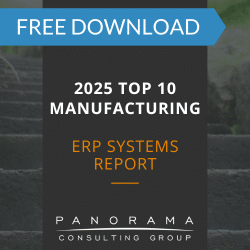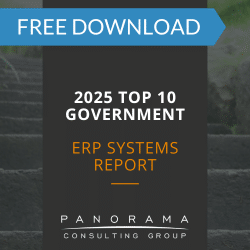Nearly nine in 10 office-based physicians have adopted an electronic health record (EHR) system. Many of these facilities are reveling in the benefits of digital transformation. Others are scratching their heads wondering where they went wrong.
Did your healthcare facility recently make the move away from paper-based records? How successful was the implementation? If you’re experiencing significant workflow problems, you may have made some implementation missteps.
Today, we’re outlining common workflow problems in EHR systems, so you can identify specific problem areas and make changes as necessary.
7 Potential Workflow Problems in EHR Systems
1. Different Data Field Options
It’s important to pay close attention to the way data fields are designed within your EHR. If these options change or a physician is unfamiliar with them, they could accidentally enter information in the wrong fields.
This is a workflow mistake that could have significant consequences.
For instance, the new EHR system may display options that allow a physician to select how frequently a drug should be administered. If these options are displayed in an order that’s different from what they’re used to, they could select the incorrect frequency by mistake.
Contemplating litigation?
We have multiple software expert witnesses available for provision of reports, depositions, and testimonies.
2. Confusing User Interface
Another issue that could impede your EHR workflow? Take a look at how the user interface is designed. If it’s cluttered, confusing, or inaccurate in any way, it could make work harder for all employees.
This is especially the case if some print is much smaller than others. In a fast-paced healthcare setting, it should be easy for physicians and staff members to quickly find the information they need.
3. Inaccurate Alerts
Alerts are often used to remind physicians when a patient is due for a particular screening, procedure, or test. They can also notify physicians if a patient has a particular health condition that makes certain medications or treatments unusable.
It’s important to make sure these alerts are correctly synced with the EHR.
For instance, the EHR system might display that a patient is allergic to a certain drug, but unless the alert notifies the physician, they could miss that critical detail.
Even when they’re set up correctly, an excessive number of alerts can be distracting and confusing to providers. You may need to remove certain reminders and notifications that are hindering physicians’ ability to perform tasks.
4. Lack of Usability
For any type of software to be effective, it must be user-friendly. When healthcare facilities find that EHR slows down their progress, it’s often because of a lack of end-user training.
Before going live with an EHR system, your project team should ensure all users are up-to-date on all requisite training and are comfortable using the software in their environment.
Underprepared employees will struggle to use the software, limiting the amount of face-to-face time they can have with their patients and reducing the number of patients they can see in a day. Over time, this will damage patient satisfaction rates.
5. Facility-Wide Interoperability
Some facilities are widespread enough that they require more than one EHR. In these cases, it’s critical that each system can communicate and interface with the other.
Even if there’s only one EHR on site, implementers should verify that the individual components within that system are interoperable with one another.
For example, physicians should be able to access a patient’s records regardless of which part of the facility they’re working from.
6. Incorrect Defaults and Automations
If not configured correctly, an EHR system might automatically default to a certain setting. If this happens, the physician must perform an extra step and make sure the default is correct. This can be difficult if the information displayed isn’t predictable, expected, or transparent.
For instance, a physician may want to start administering a certain medication at a set time. If the EHR automatically defaults to begin dosing the next day, this might not be correct. Especially in healthcare, these small discretions could have massively damaging outcomes.
7. Misaligned Workflow Access
With EHR software, certain user groups have access to some permissions, while others do not. If a physician doesn’t realize this, then important messages can fail to reach the intended recipient.
For example, a physician might order a diagnostic test and add a special note in a patient’s record that they intend for the lab group to see. However, members of the lab group may not have the right permissions to view that data. In this case, neither party will know of the mistake until it’s too late.
Considering these risks, it’s important to ensure everyone is up to speed on who can access and view which types of information.
Do You Need to Go Back to the Drawing Board?
A successful EHR implementation can transition your healthcare facility from manual, paper-based processes into a more digitized environment. However, there might be roadblocks along the way.
To fix workflow problems in EHR software, you may need to go back to the drawing board and invest heavily in end-user training, team communication, and system testing.
Our team of enterprise software consultants can help you launch a project recovery or re-implementation. Contact us below for a free consultation.







